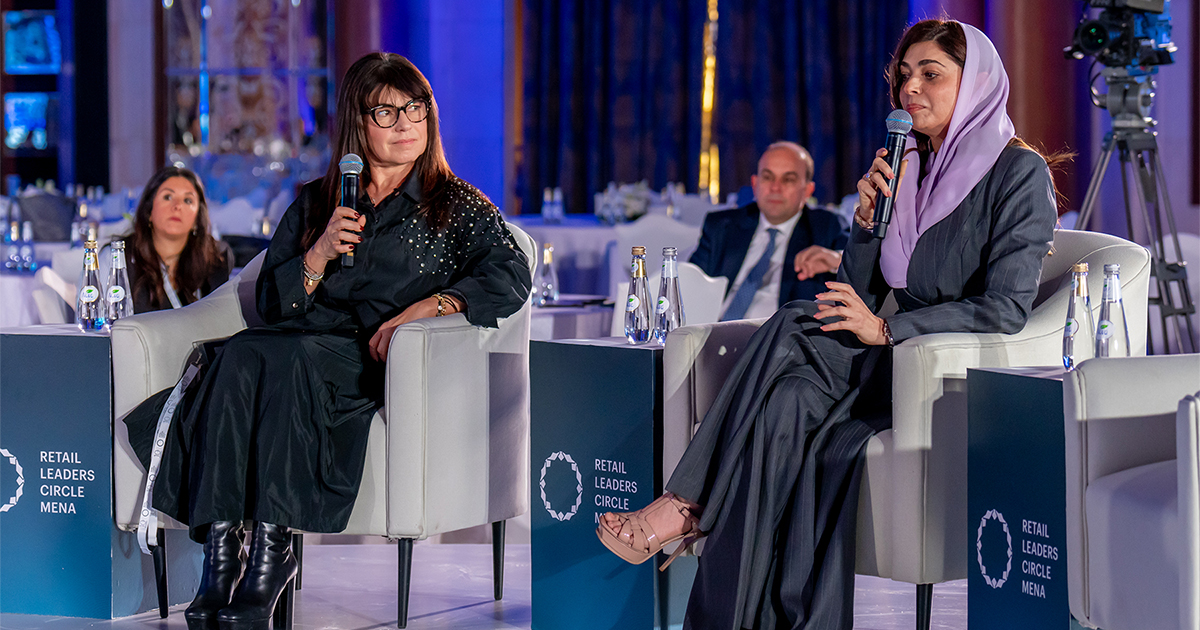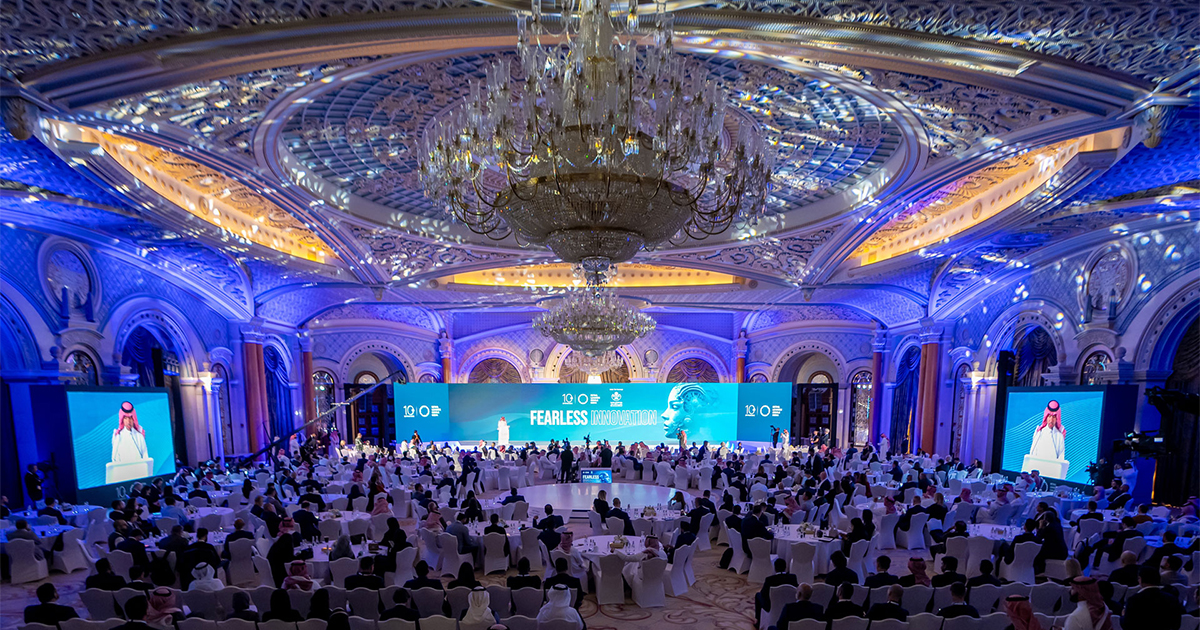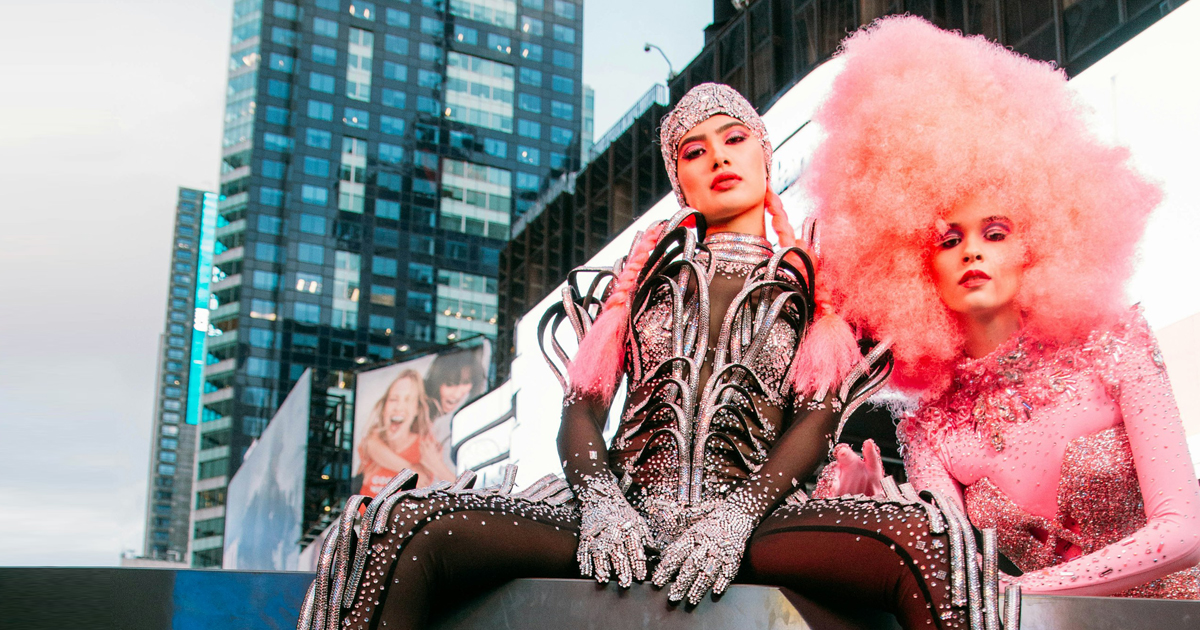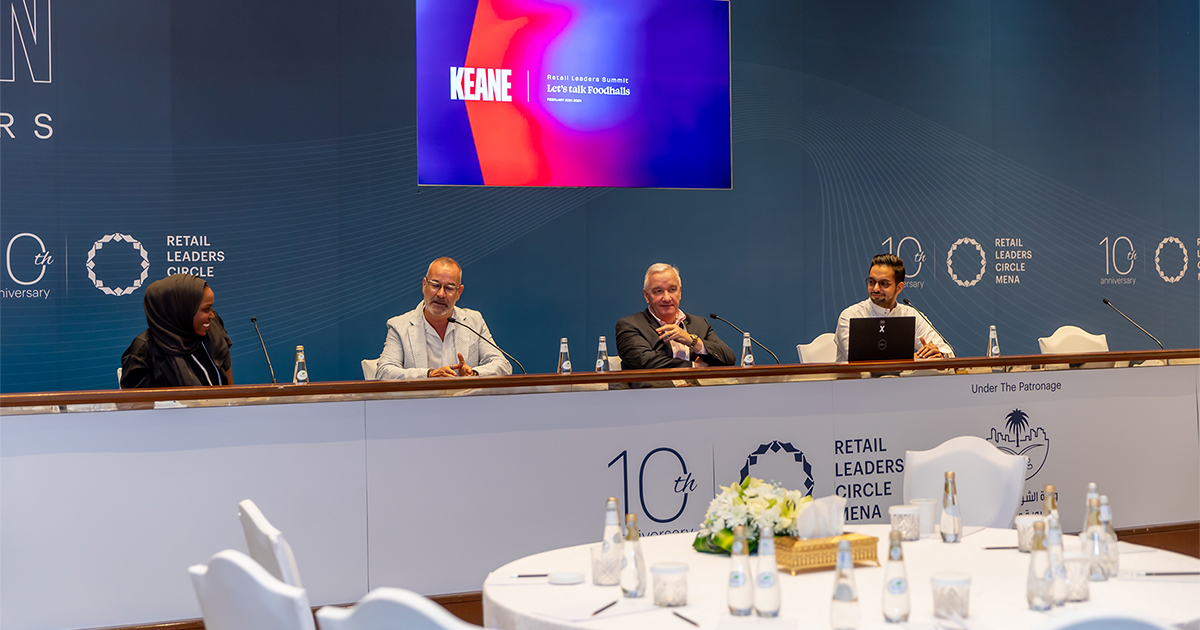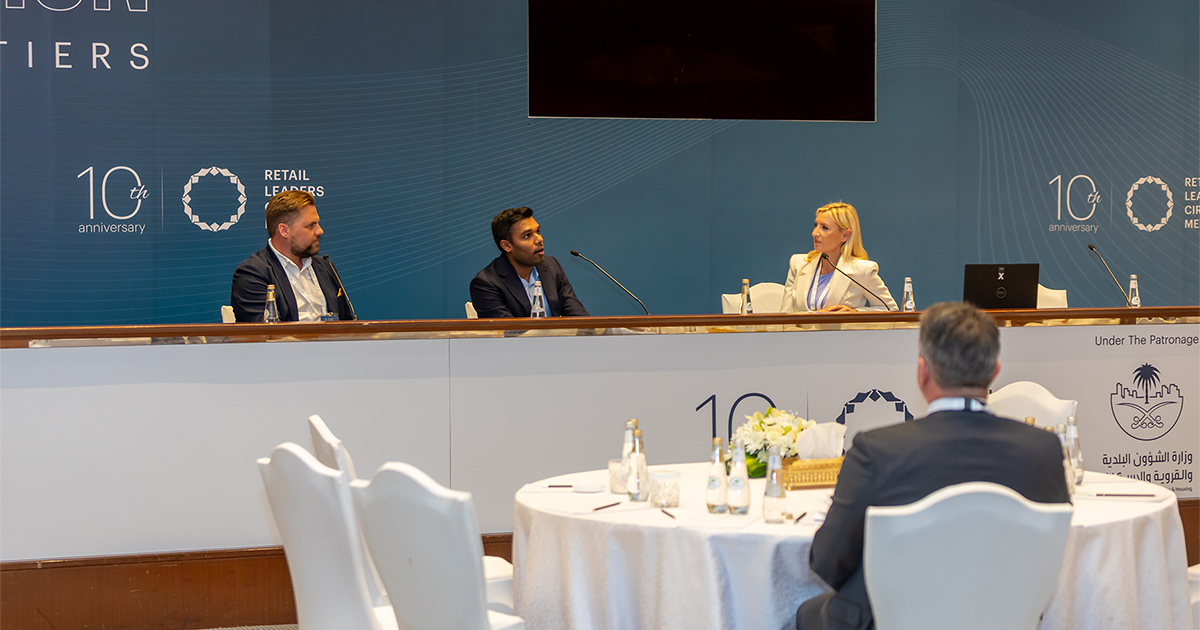Honayda Serafi, Founder & Creative Director, HONAYDA and Brenda Bellei Bizzi, CEO, WHITE Milano discuss with Sujata Assomull, Journalist & Author the pivotal role of regional fashion in enriching the global fashion tapestry, leveraging unique cultural narratives and heritage to distinguish itself amidst a saturated market.
Global Exposure for Regional Talent: International platforms, such as prominent trade shows coinciding with major fashion weeks, are instrumental in propelling regional designers onto the global stage. These events not only facilitate exposure but also encourage the fusion of cultural heritage with contemporary global aesthetics, catering to an international audience’s desire for novelty and authenticity.
Preservation of Cultural Identity: A recurring theme is the importance of maintaining a strong cultural identity while navigating the global market. Designers are urged to infuse their creations with elements that celebrate their roots, thereby contributing to a diverse and rich global fashion landscape. This commitment to cultural authenticity serves as a foundation for a distinctive brand identity that resonates with a global audience.
Strategic Supply Chain Management: Success in the international arena is significantly influenced by the ability to access high-quality materials and production facilities. Italy’s luxury manufacturing sector, renowned for its commitment to excellence and sustainability, exemplifies the benefits of a robust supply chain. Designers’ global aspirations are contingent on their capacity to meet international quality standards while preserving their unique design ethos.
Overcoming Stereotypes: Efforts to dismantle stereotypes associated with regional fashion underscore the broader cultural shifts toward inclusivity and representation. This aspect is particularly pronounced in contexts like Saudi Arabia, where societal evolution is mirrored in the fashion industry’s progress, highlighting women’s empowerment and cultural pride.
Market-Specific Adaptations: Adapting collections to cater to diverse international markets is essential. Designers must possess a deep understanding of various cultural preferences, celebrations, and consumer behaviors to ensure their offerings resonate across different regions. This strategic adaptation underscores the balance between global appeal and local authenticity.
Community and Media Support: The growth and recognition of regional fashion are bolstered by comprehensive support from consumers, media, and the fashion community at large. Beyond purchasing, advocating for regional designers through media coverage, event participation, and highlighting their creative journeys contributes to their global stature and success.
The integration of global trends with local identities represents an emerging frontier in fashion, where regional designers are uniquely positioned. Their ability to blend cultural richness with global sensibilities not only challenges the homogeneity of the fashion industry but also paves the way for a more diverse and inclusive future.
 When a brand is able to find the proper supply chain supporting them in the selection of the fabrics, in finding the proper supplier, then they are able to go through the globalization while keeping the heritage; but developing by using international materials, international supply chain mostly.
When a brand is able to find the proper supply chain supporting them in the selection of the fabrics, in finding the proper supplier, then they are able to go through the globalization while keeping the heritage; but developing by using international materials, international supply chain mostly. 

